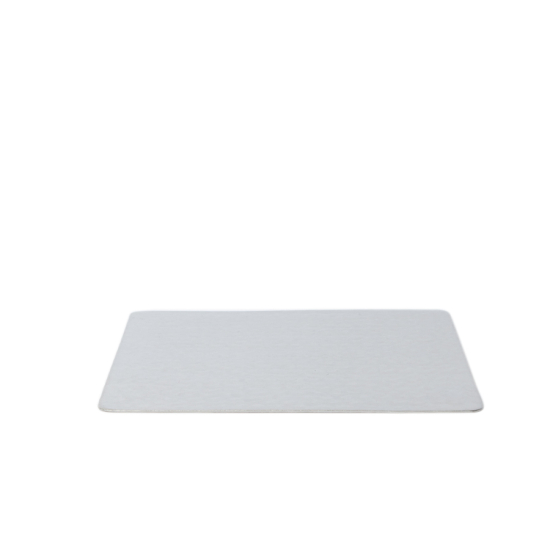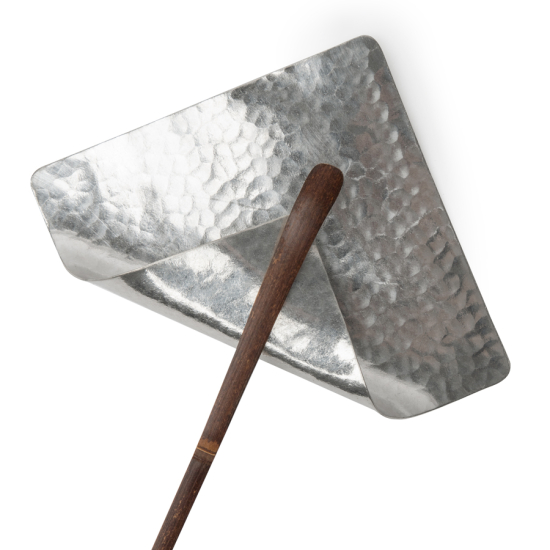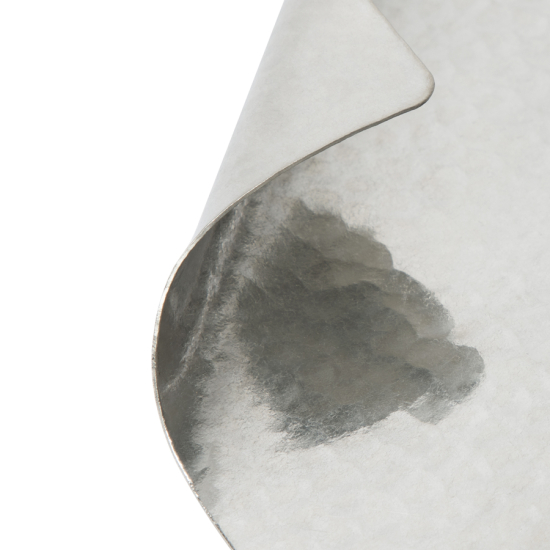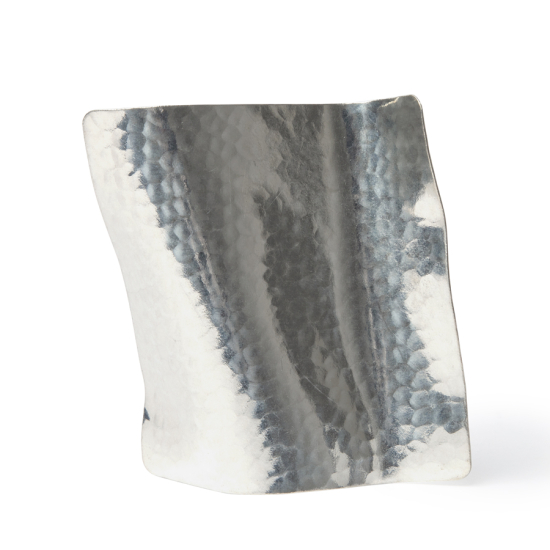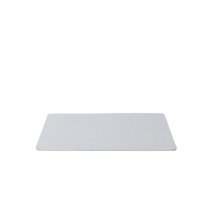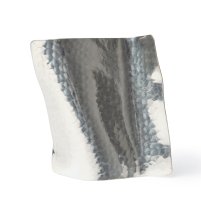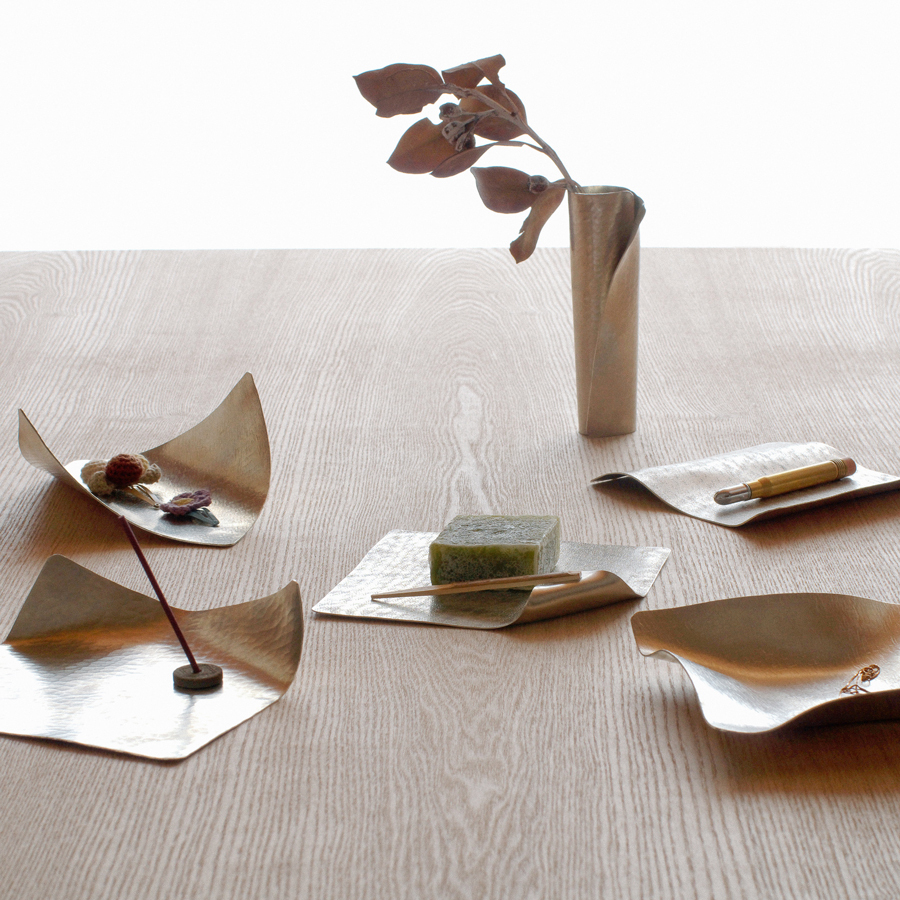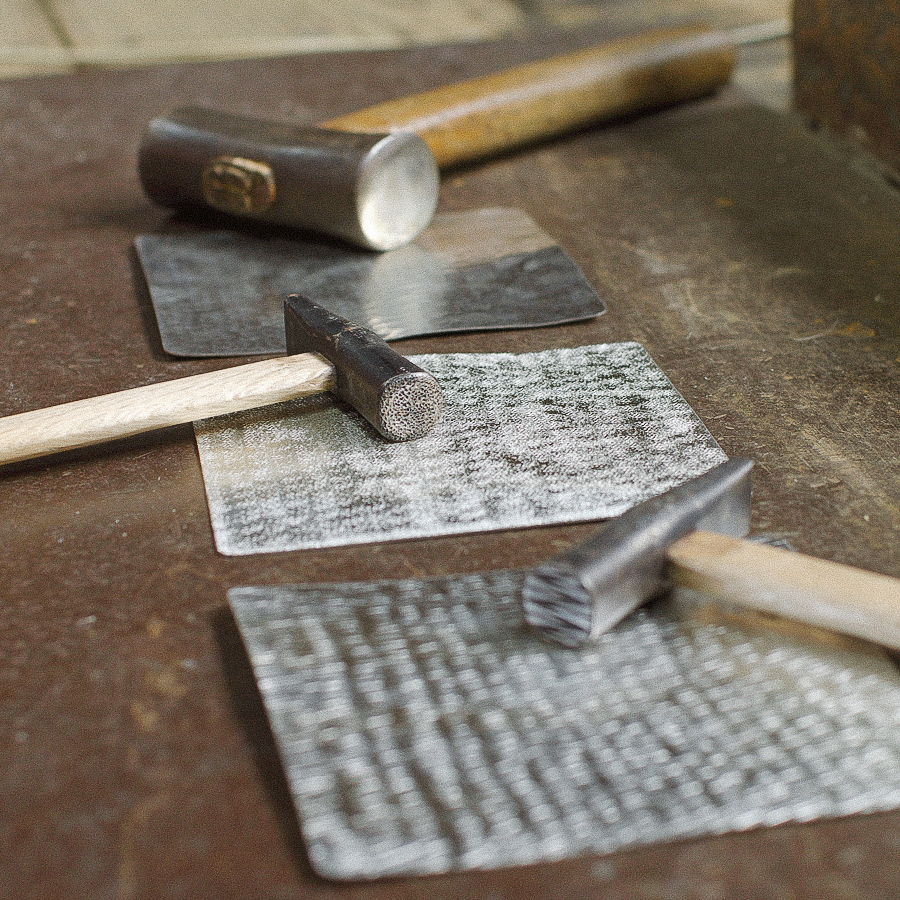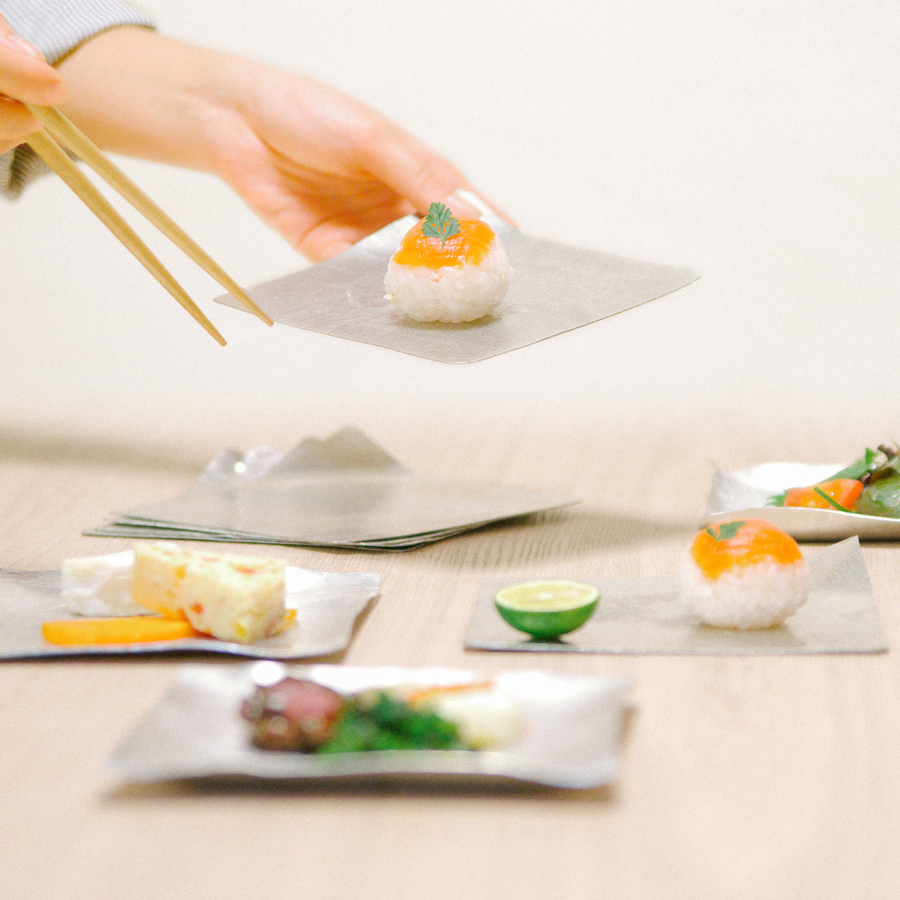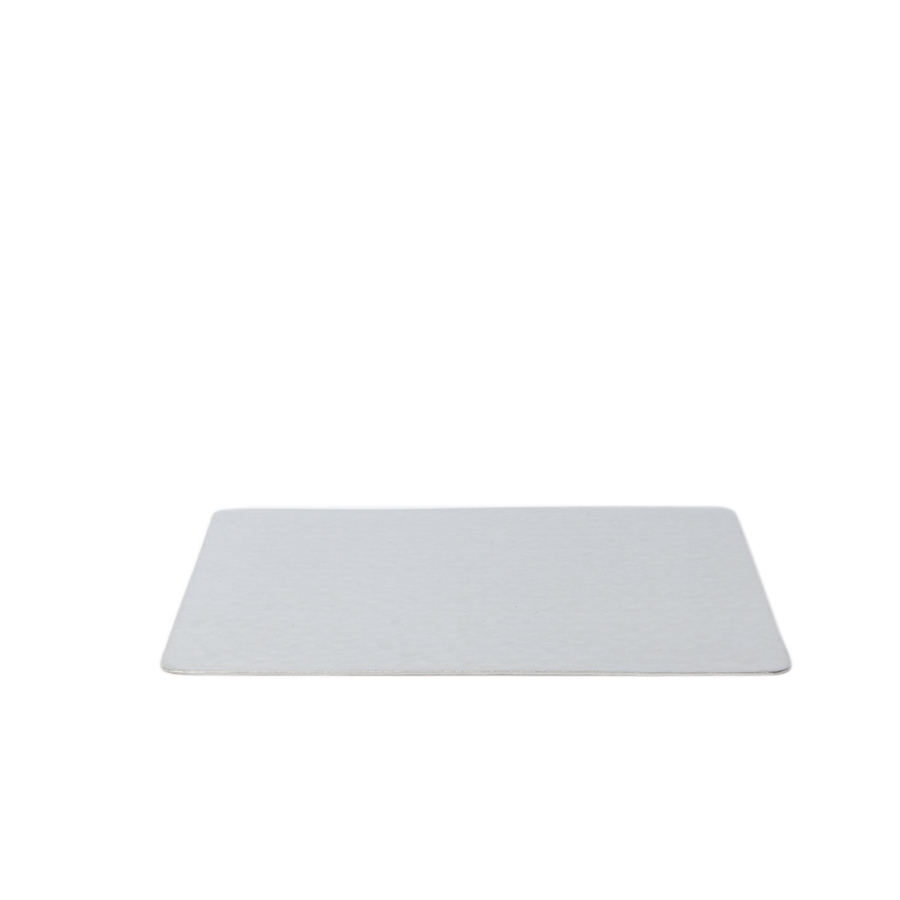In the early 17th century, Lord Maeda Toshinaga founded the town of Takaoka in the Toyama prefecture, and invited a variety of craftspeople, including seven master metal casters, to kickstart local industries. Casting is the process of shaping metal by pouring it into a mould while molten, and would become the craft that Takaoka is known for from the mid-Edo period (1603-1868) onwards. Copperware or dōki produced here became so popular that to this day Takaoka continues to account for over 90% of its domestic production, whether in the form of Buddhist statues, utensils for tea ceremonies, flower arranging and incense appreciation, or everyday kitchen- and tableware. Since 1975, Takaoka Dōki or Imono (“cast metalware”) has been designated by the government as a protected Traditional Craft of Japan, and also applies to items cast with other metals including tin, iron, gold and silver.
Japanese Tin Paper
Suzugami Arare S
SKU
5561
Yoshi En has recently grown out of Sunday Natural to become an independent premium tea store. As part of this transition, some products may still be shipped in Sunday Natural packaging.
Like origami, Suzugami “tin paper” can be folded to create one-of-a-kind pieces of tableware – which can then be rolled flat and moulded again! This design in the smallest size is hammered with the Arare “hail” pattern and is perfect for presenting Japanese sweets or amuse-bouche.
| Product | Suzugami "Tin Paper" |
| Maker | Syouryu |
| Origin | Takaoka, Toyama, Japan |
| Dimensions | 11 x 11 cm |
| Material | Tin (rolled) |
| Packaging | Card |
In stock



